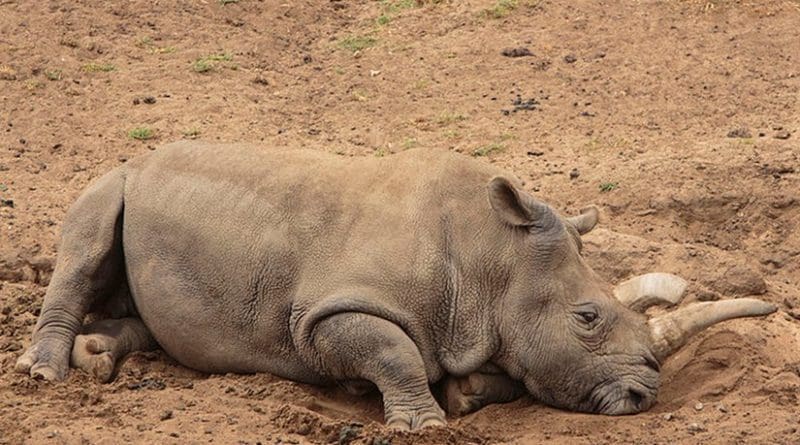The Precarious State Of ‘Extinct In The Wild’ Species
Extinct in the Wild (EW) species are regarded as facing the highest risk of extinction under the International Union for Conservation of Nature (ICUN) Red List of Threatened Species (Red List).
However, because EW species are not subject to the same detailed assessments directed toward species that remain in the wild, the extent and variation of this risk are poorly understood. In this Review, Donal Smith and colleagues synthesize data on EW plant and animal species to provide a comprehensive report on their perilous state and conservation history.
“The cases we depict chart more than 70 years of attempts to use ex situ conservation to prevent extinction and facilitate the recovery of species on the very brink, highlighting both the fragility of this status and the potential for success despite that fragility,” write Smith et al.
EW species – those known only to exist in zoos, aquariums, gardens or seed banks – are considered to be at the highest risk of extinction. Despite this, they occupy an overlooked space on the ICUN Red List framework for evaluating and comparing species’ risk of extinction because the Red List process generally focuses only on wild populations.
Here, Smith et al. provide assessments for 84 EW species (40 animals and 44 plants) that summarize their state of risk, their current ex situ populations and the conservation actions being taken to recover them. The findings highlight that most EW populations are small – often fewer than 1000 individuals – with low genetic diversity due to a limited number of population founders.
Moreover, most EW plant species depend on live propagation by a small number of holders. Fewer still are secured at seed banks. And, while reestablishment of species in the wild has shown success for some EW species, attempts to do so are rare.
In total, Smith et al. argue that the state of EW species should be regarded with a sense of urgency and that an improved system of evaluating and managing EW populations is crucially needed to prevent extinctions.

